After years of dwindling numbers, caused by habitat loss, toxic algae pollution and decimation of food supplies, Florida’s embattled manatees may finally catch a break.
A process is under way that could see the species restored to the US Fish and Wildlife Service’s endangered species list in the coming months, reversing a decision made by the administration of Donald Trump in 2017 that environmentalists say was calamitous.
If approved at the conclusion of a recently announced 12-month in-depth review, an uplisting from manatees’ current threatened status would free vital federal resources and funding for recovery efforts that have withered amid an ongoing “unusual mortality event”.
“We are at a critical point. We’ve lost 20% of the entire manatee population over the course of two years and that resulted directly after the service downlisted the species back to threatened,” said Ragan Whitlock, staff attorney specializing in endangered species at the Center for Biological Diversity (CBD).
“If we do not radically overhaul and improve our recovery efforts starting with the protection of their habitat we could very well lose this iconic Florida species.”
Emergency efforts in recent years to preserve the gentle animals known as sea cows have included hand-feeding them romaine lettuce in areas where algal bloom pollution has destroyed beds of seagrass.
The review by US Fish and Wildlife (FWS) is a belated victory for a coalition of environmental groups and activists led by CBD, which filed a petition almost a year ago demanding a reclassification of West Indian manatees, including the Antillean and Florida subspecies.
The alliance provided data showing that starvation from pollution and habitat loss had allowed an unchecked decline of the manatee population, with more than 1,000 lost in each of the last two years alone. Overall, only about 7,500 are believed to survive in Florida.
The service was required by the Endangered Species Act to make an initial finding about whether it believed the reclassification might be warranted inside 90 days, but says its staff were too busy investigating the high level of manatee mortalities and responding to rescues along Florida’s Atlantic coast to meet that timeline.
Whitlock, however, sees the FWS explanation as proof its manatee recovery program is severely underresourced.
“One of the things that happened when the manatee was downlisted in 2017 was that the Fish and Wildlife Service and the Florida Wildlife Conservation Commission (FWC) lost full-time employees dedicated to manatee recovery efforts,” he said.
“The downlisting was a signal that our recovery efforts were sufficient to keep this species alive. So their delay in responding to our petition echoes our frustrations that manatees need more agency personnel dedicated to recovery efforts. That manpower simply doesn’t exist right now.”
In a statement to the Guardian, the FWS insisted there was no reduction in staff or budget following its 2017 ruling, and that since 2020 it had increased the number of staff “working on different manatee work tasks, as needed”.
But it said there was no plan to expand for the evaluation, during which FWS said it will “conduct in-depth status reviews and analyses using the best available science and information” before issuing a final recommendation.

“Tasks to complete the species status assessment and 12-month finding are assigned to current staff in the service’s Florida field office and Caribbean field office,” it said.
Other environmentalists see the move as only the start of a much larger effort that will be required if manatee numbers are to recover.
“It’s a baby step, honestly. Unless they follow it by increasing the staffing and funding and recovery actions, we won’t get there,” said Pat Rose, an aquatic biologist and executive director of the Save the Manatee Club.
“The program has suffered from lack of adequate funding and personnel, and this is really a skeleton of the resources and commitments that historically had been applied to manatee recovery efforts. The leadership that I’m speaking to seems to be quite open to the idea that more needs to be done, and that they’re going to be working on that.”
Rose, who has decades of experience in manatee conservation, was among the loudest voices against the 2017 downlisting, which he and others said was based on flawed science and ignorance of warning signs in place since at least 2010 that unhealthy levels of nutrients were already polluting Florida’s waterways and killing off the seagrass manatees need to survive.
Ryan Zinke, the Trump administration’s scandal-ridden interior secretary, and now a Republican congressman for Montana, celebrated the ruling at the time, falsely insisting that the manatee population was on a strong path to recovery.
“They didn’t even use the most recent information, and some of the more challenging information relative to the seagrass die-off and so forth was just given lip service and dismissed as not likely to be a continuing risk and threat,” Rose said, adding that a reverse at federal level would be insufficient on its own.
“This effort is so monumental in terms of dealing with growth and development and water quality degradation and so forth it’s going to take a full complement of both the federal program and the state program,” he said.
“[But] the state is also influenced by the politics of the day. Why we’re seeing these major water quality problems is because growth and development has been unchecked and we’re not growing sustainably.
“We mortgaged our environmental future over and over until we couldn’t make the payments, and Mother Nature foreclosed. Now are we going to take that seriously, and understand and try to come back from bankruptcy, or are we going to keep making the same mistakes? That’s why we need the federal government, as a counterbalance.”
Whitlock said his group would be contributing to the review process, which he sees as an opportunity to reverse the wrongs of the past.
“All species, big or small, have the right to exist, and have intrinsic value, but there is something about the Florida manatee … there’s a reason why it’s a keystone iconic species for the state,” he said.
“Every encounter you have with one is special, and we certainly hope that the great people that do work at the service can begin prioritizing manatee recovery again.”
What you can do
Support ‘Fighting for Wildlife’ by donating as little as $1 – It only takes a minute. Thank you.
Fighting for Wildlife supports approved wildlife conservation organizations, which spend at least 80 percent of the money they raise on actual fieldwork, rather than administration and fundraising. When making a donation you can designate for which type of initiative it should be used – wildlife, oceans, forests or climate.
This article by Richard Luscombe was first published by The Guardian on 24 October 2023. Lead Image: A manatee, pictured at Crystal River, Florida. Photograph: Ullstein Bild/Getty Images.
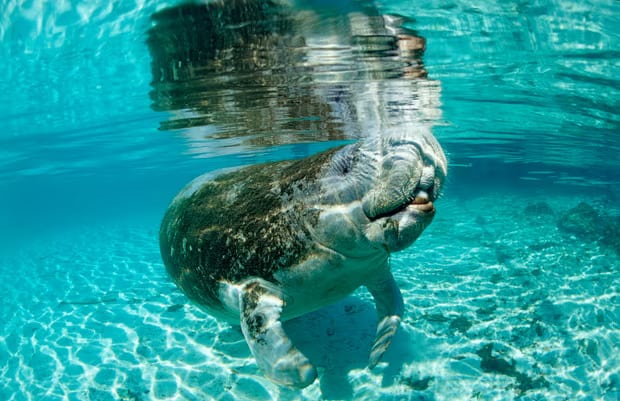
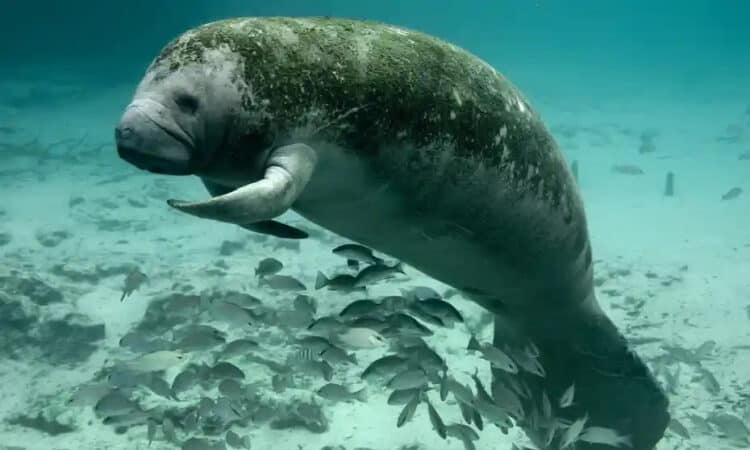
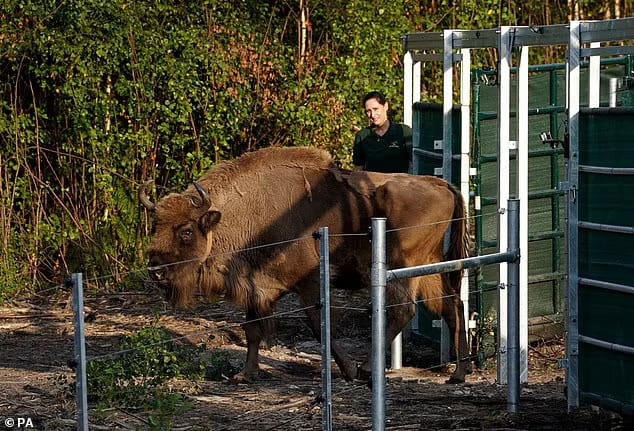

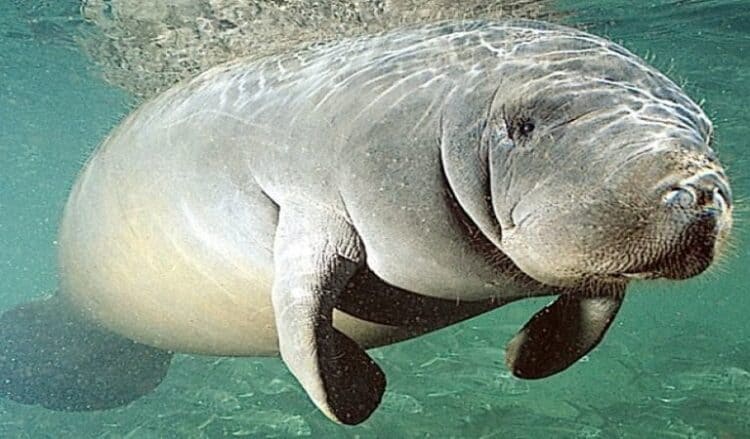
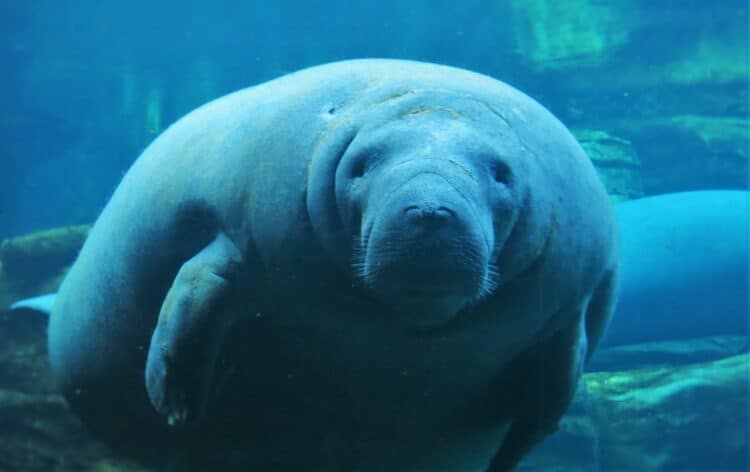
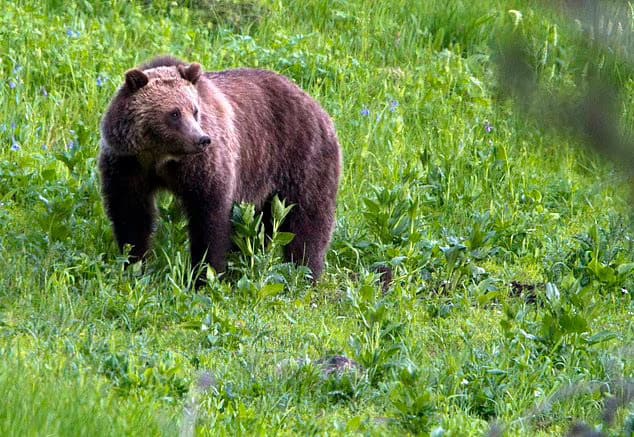
Leave a Reply